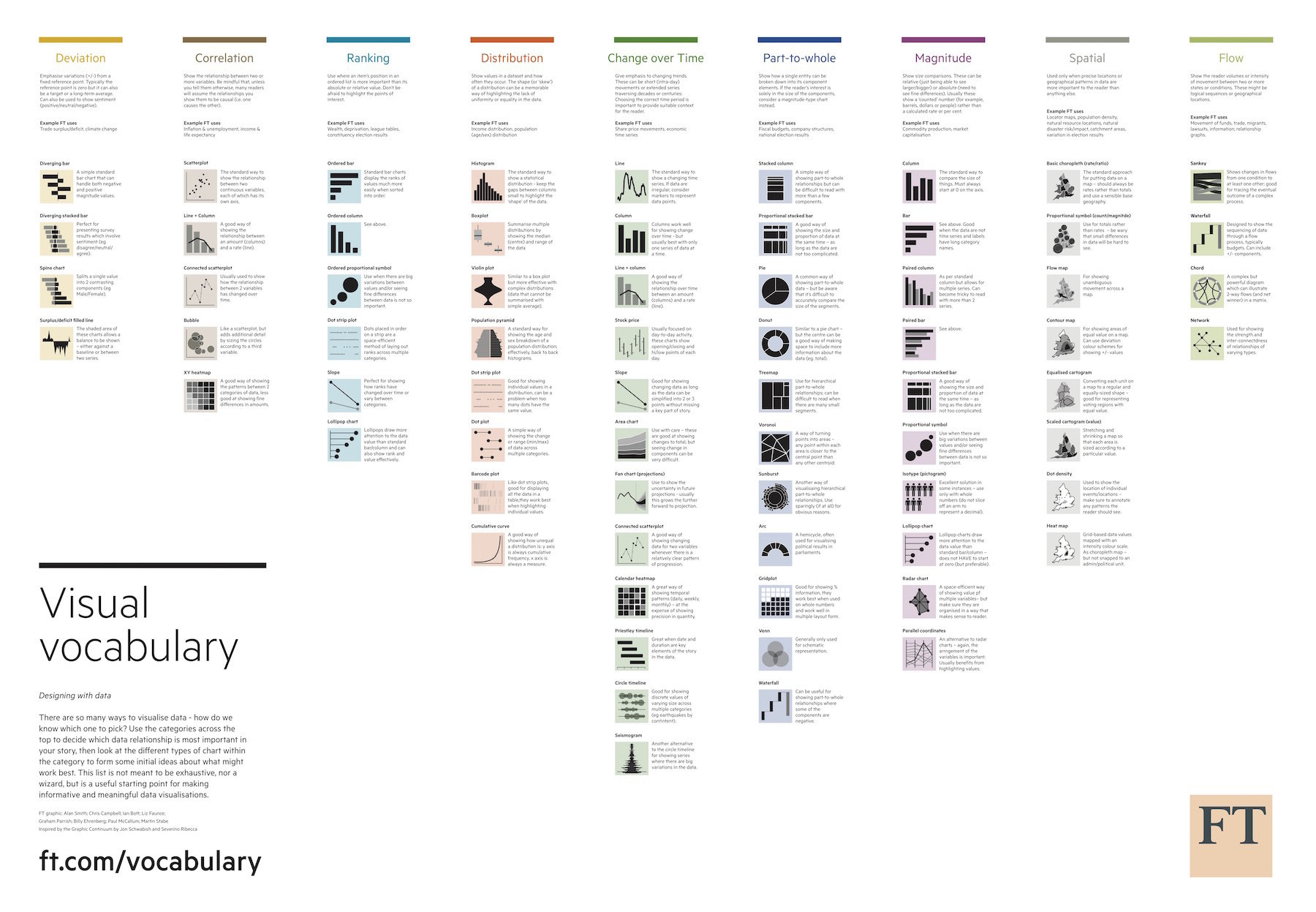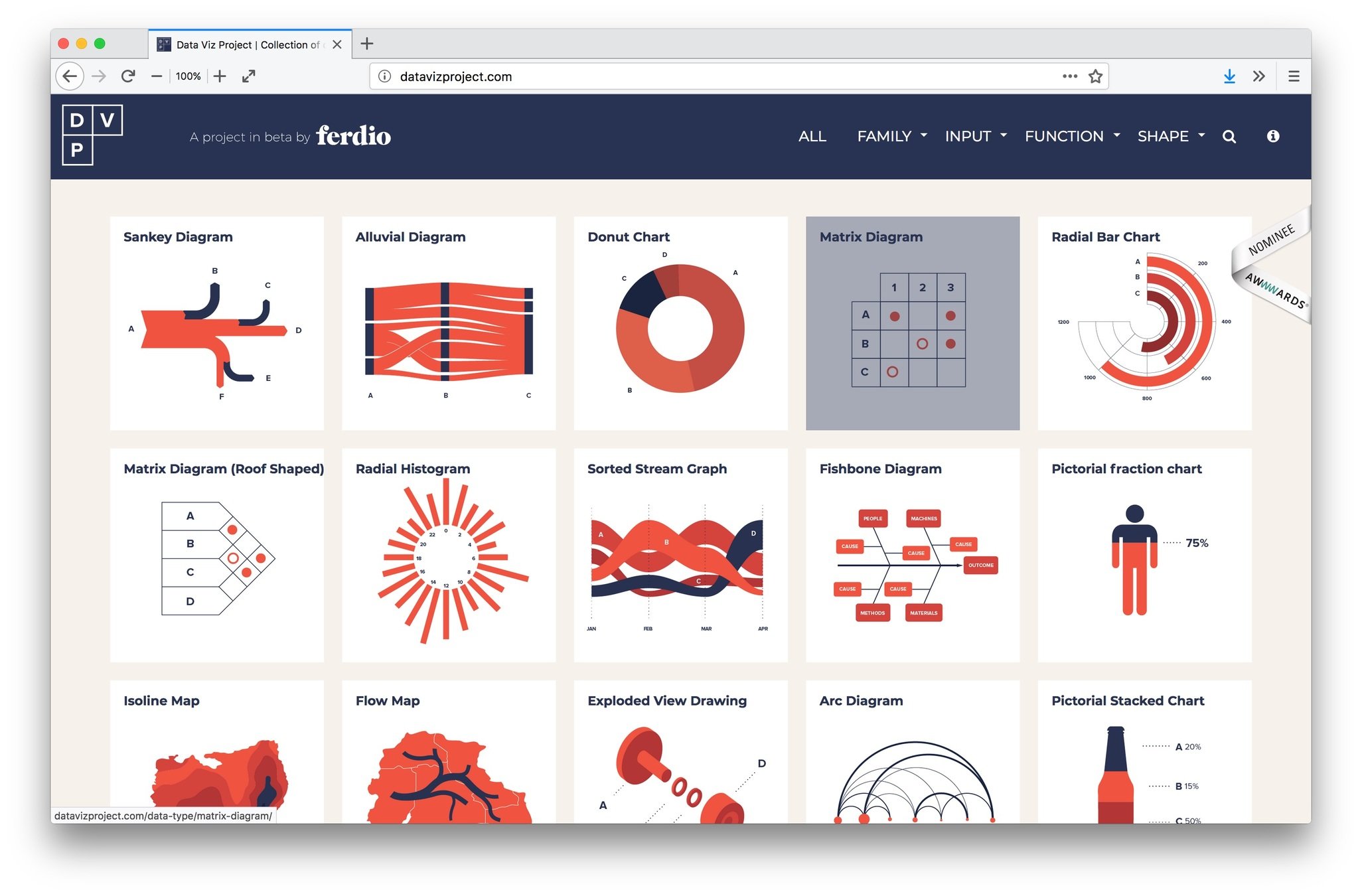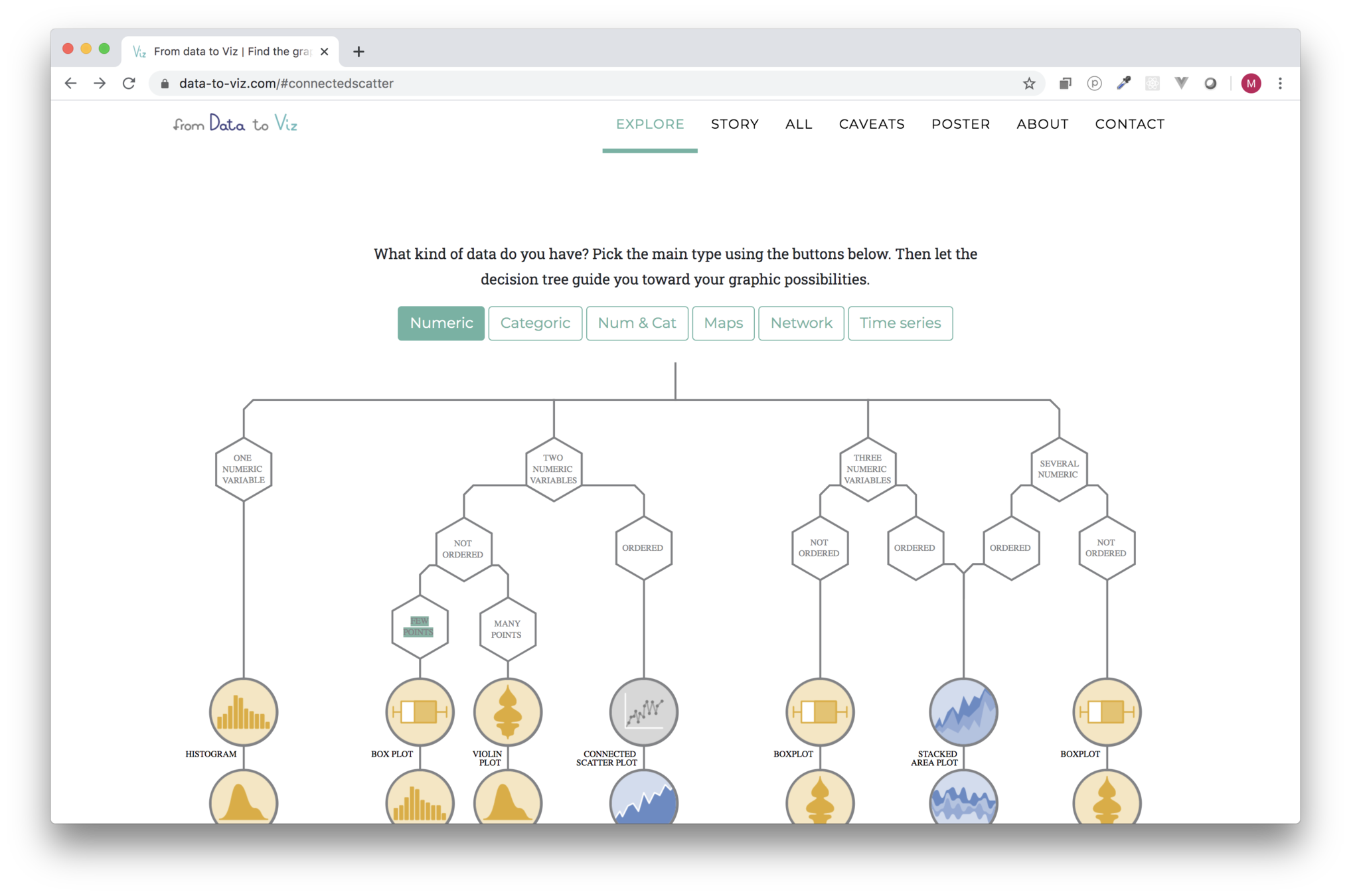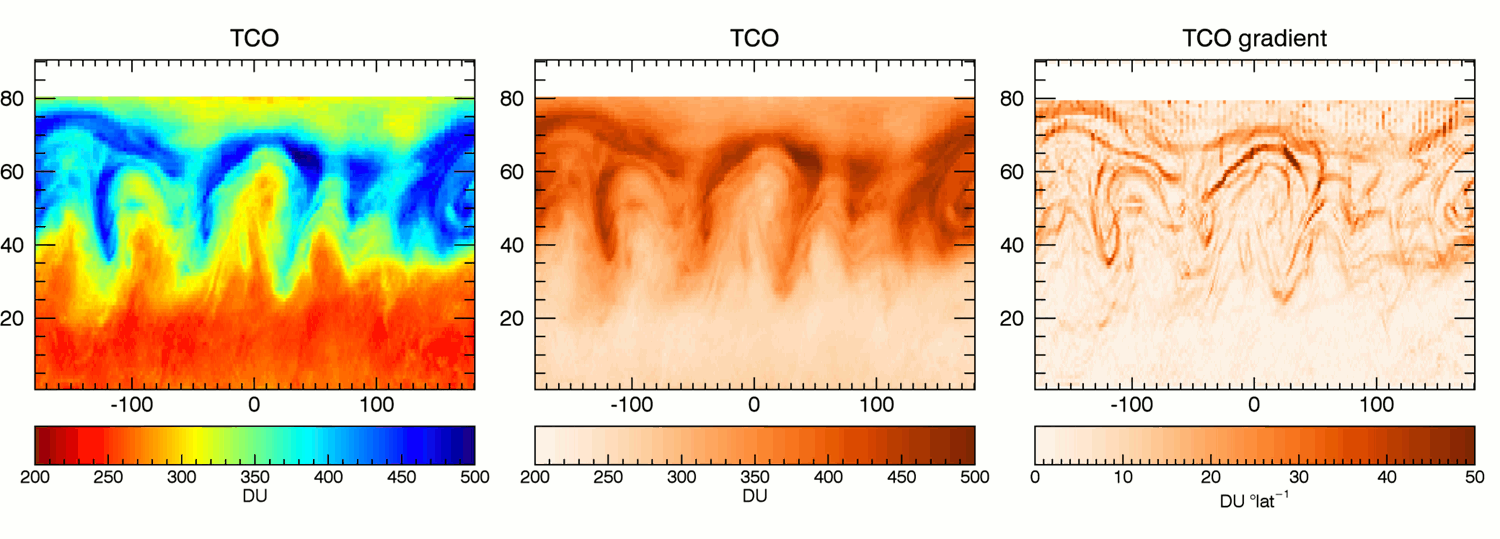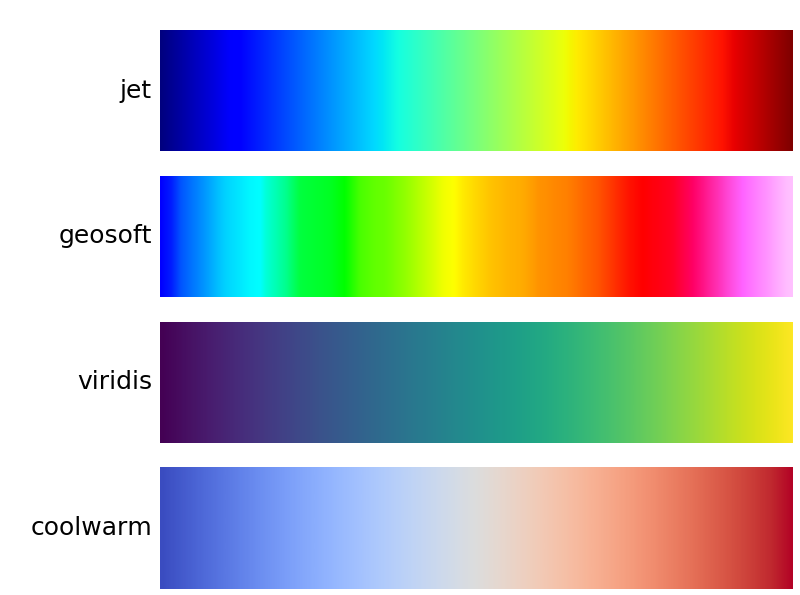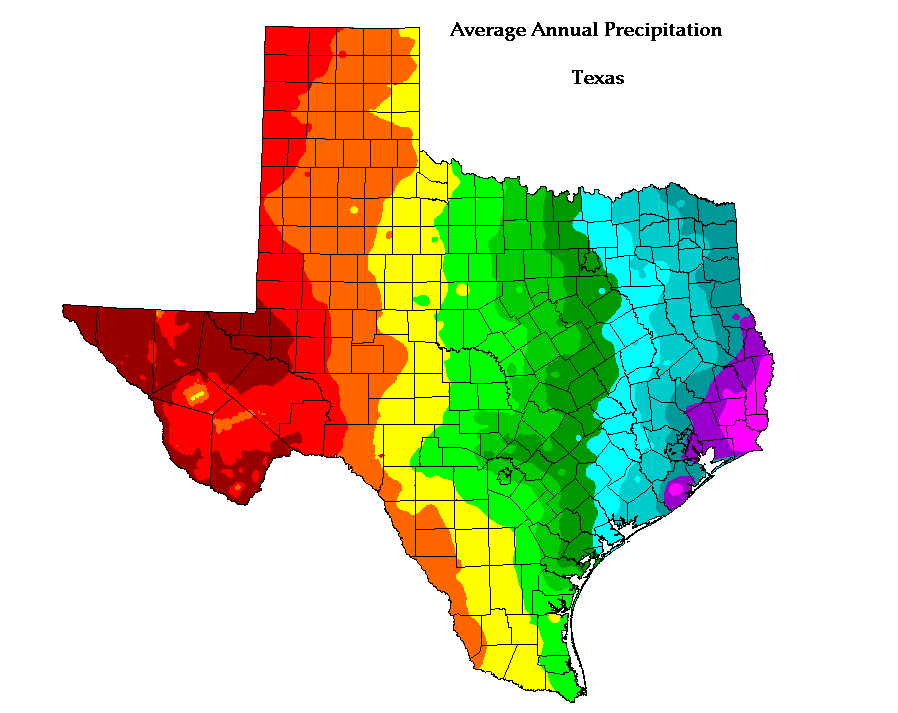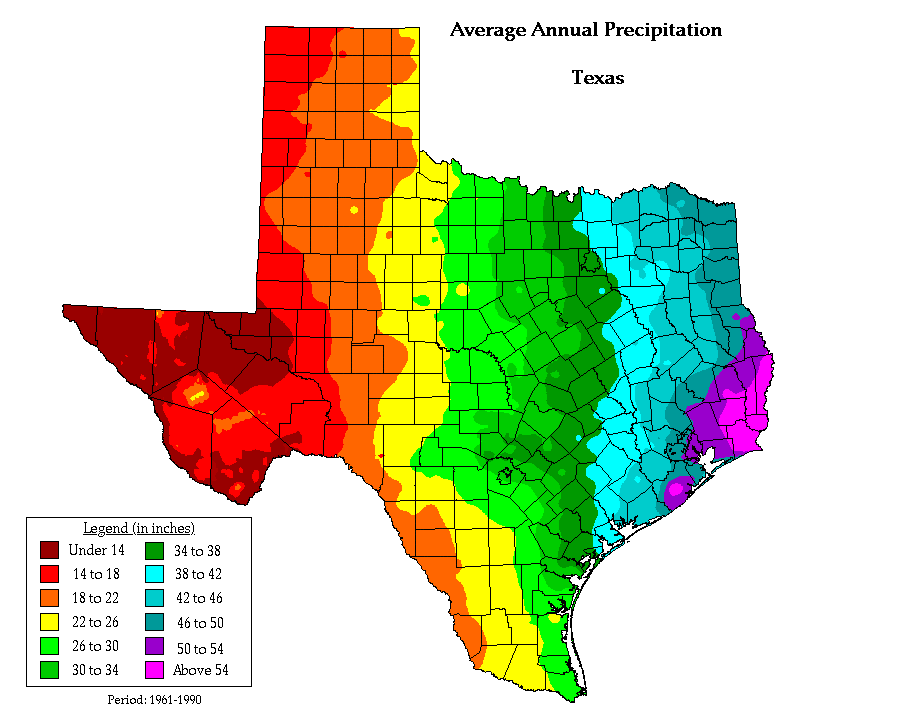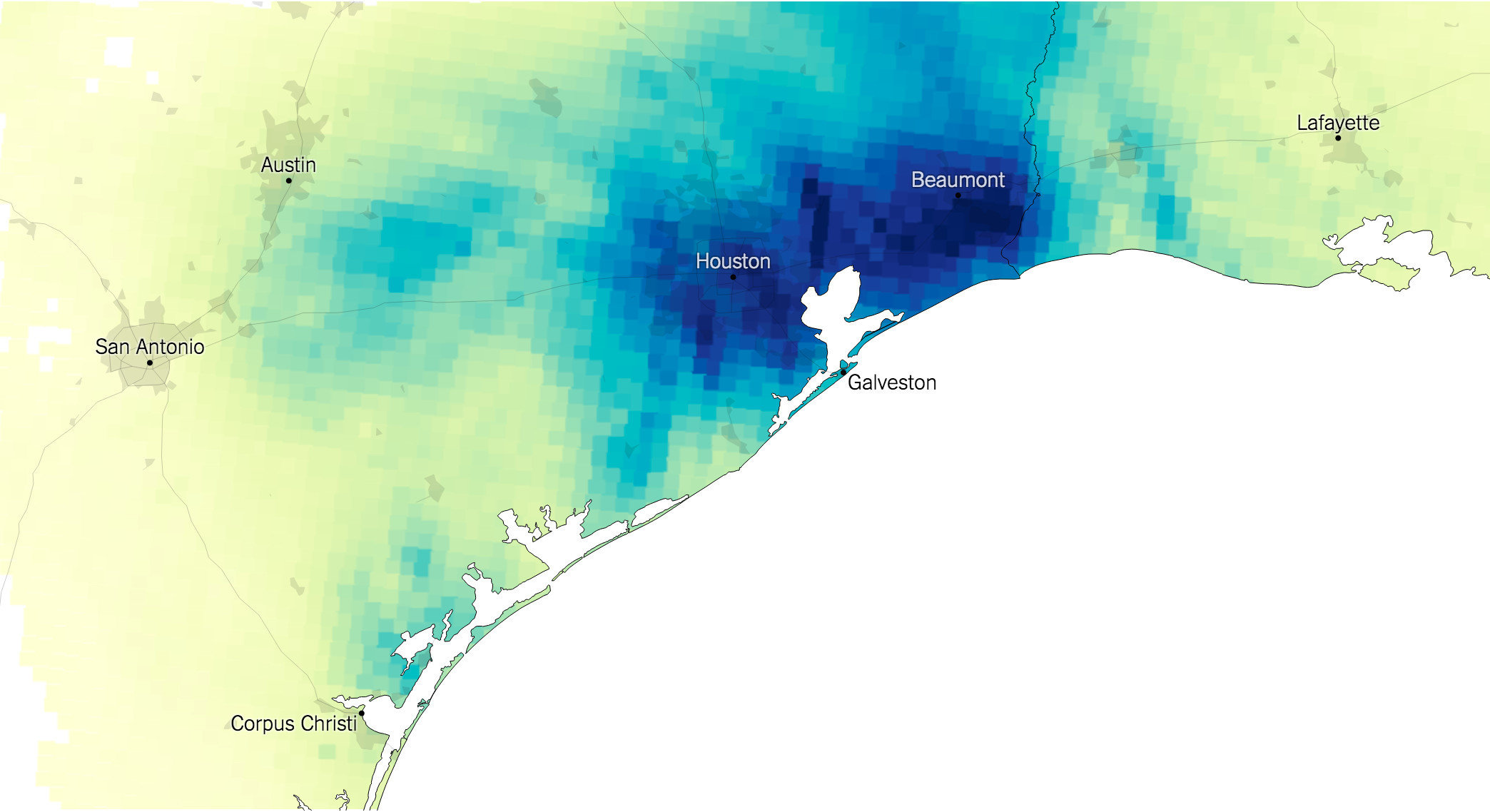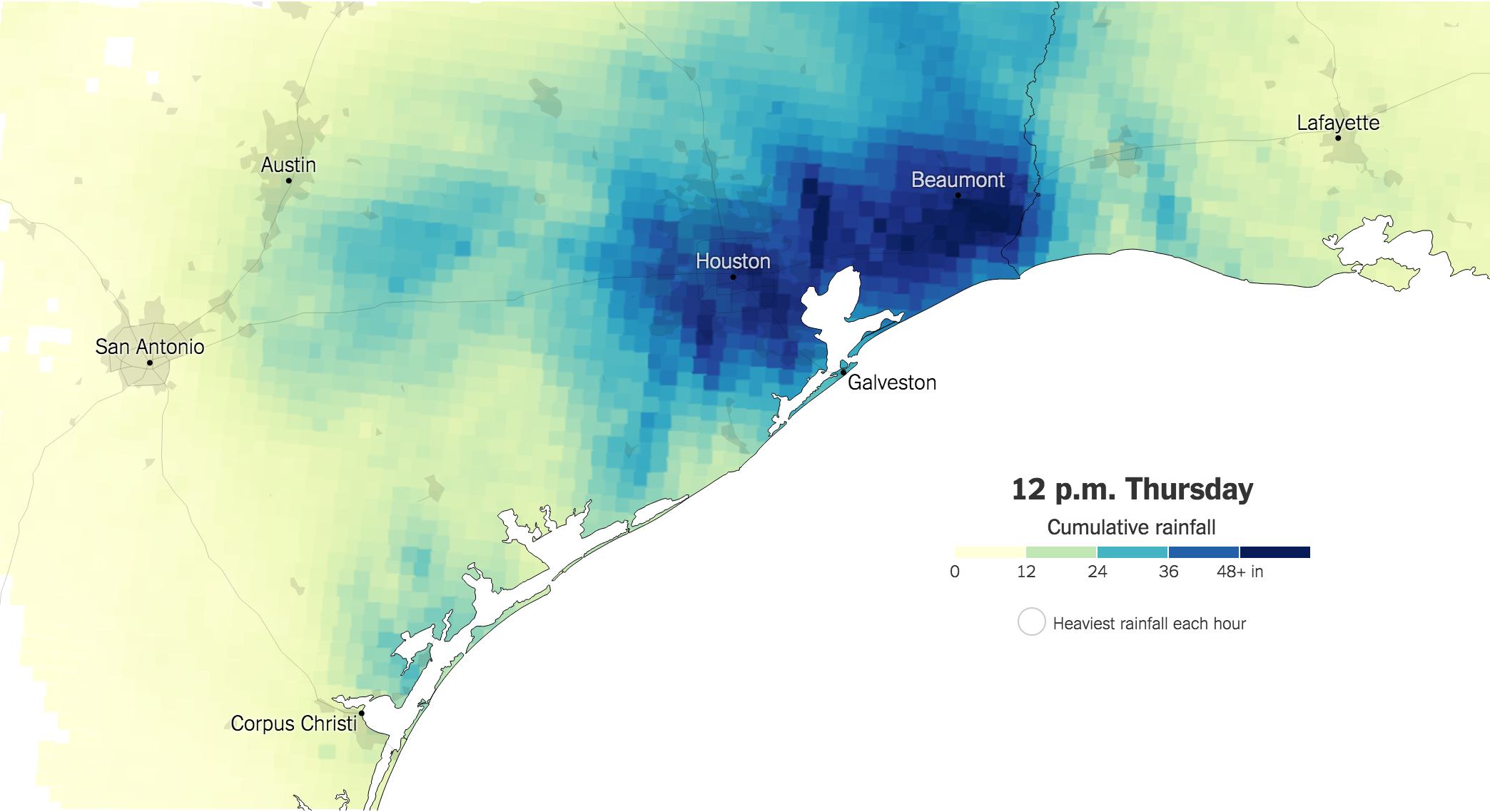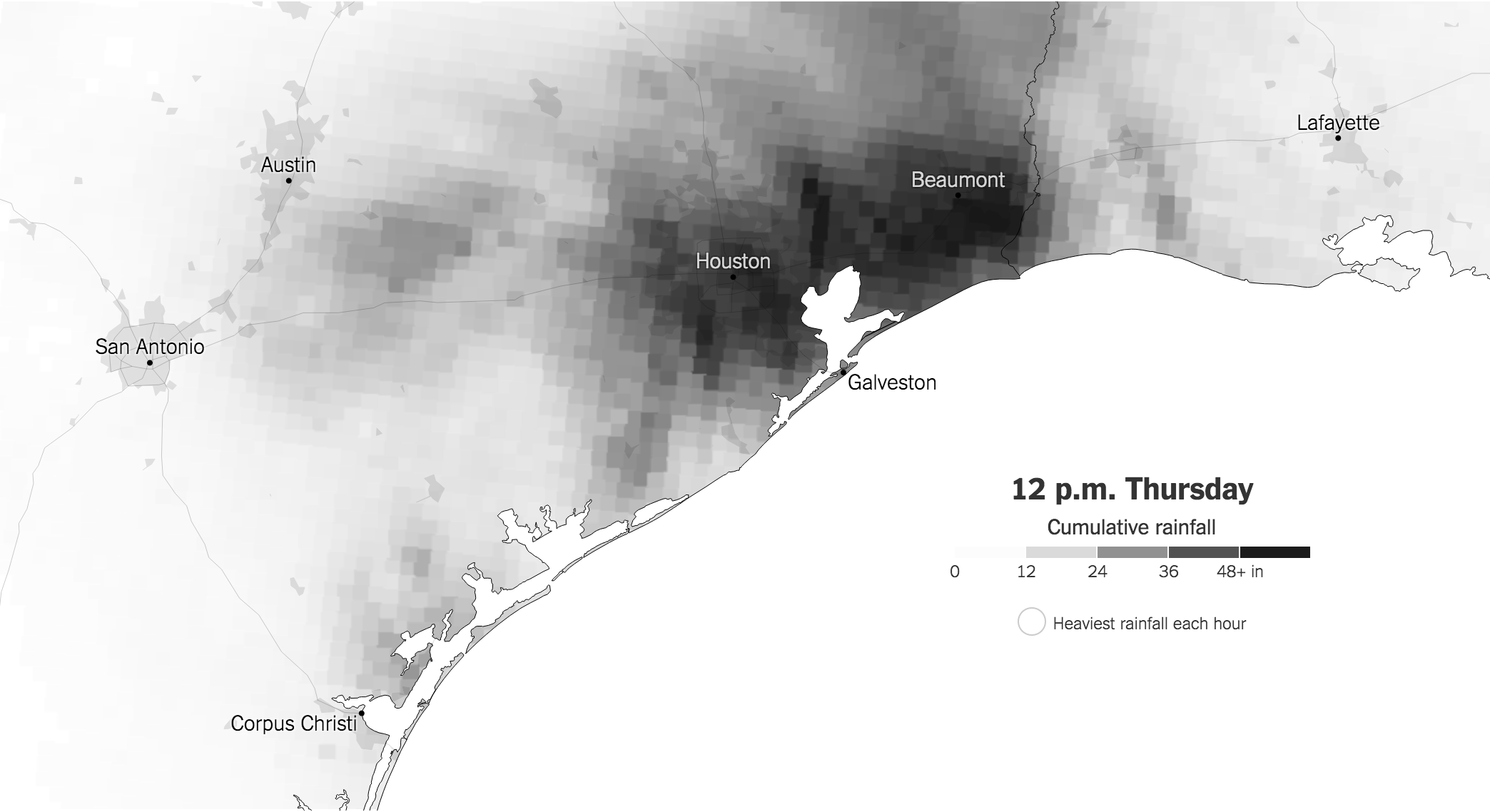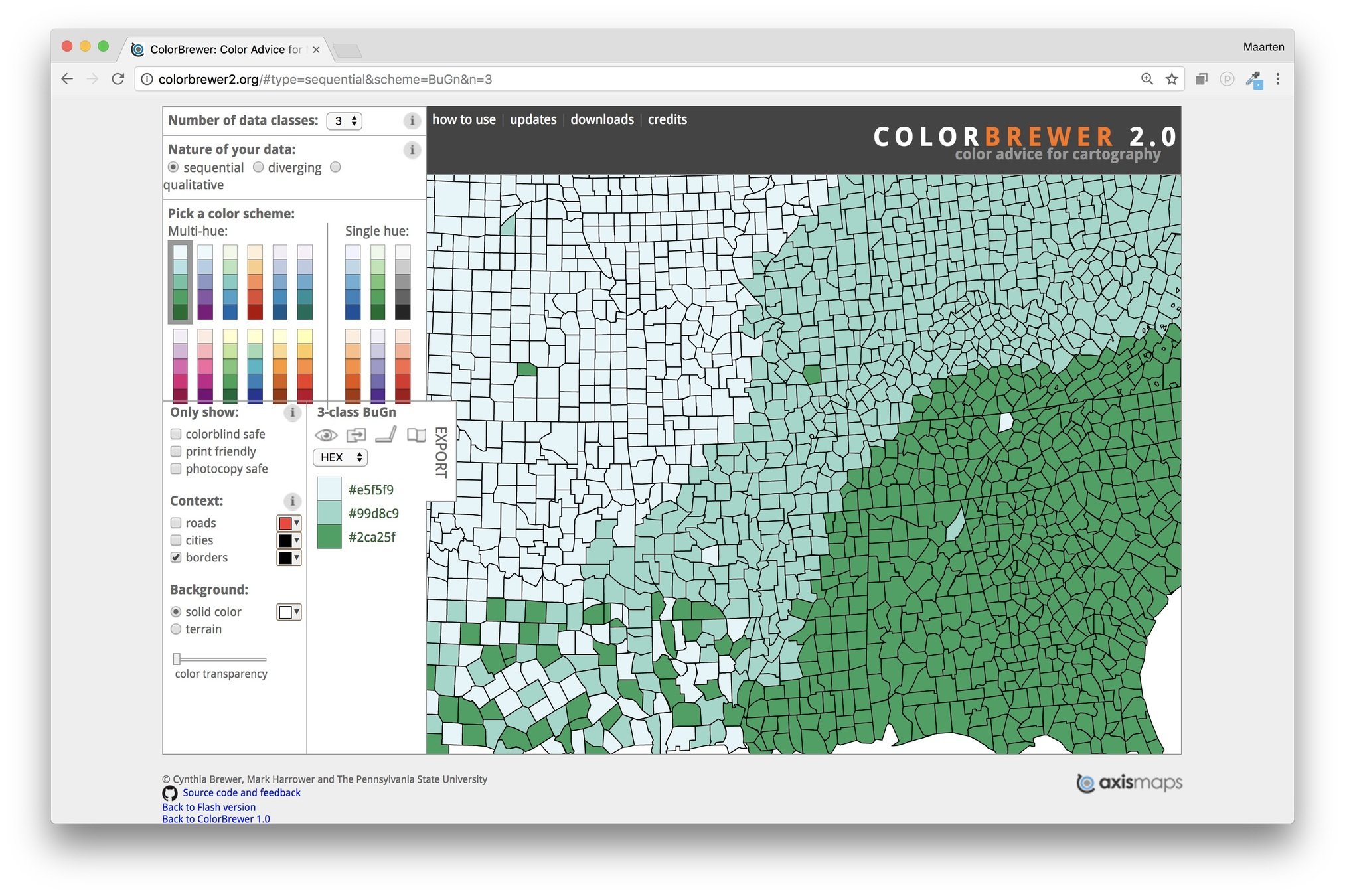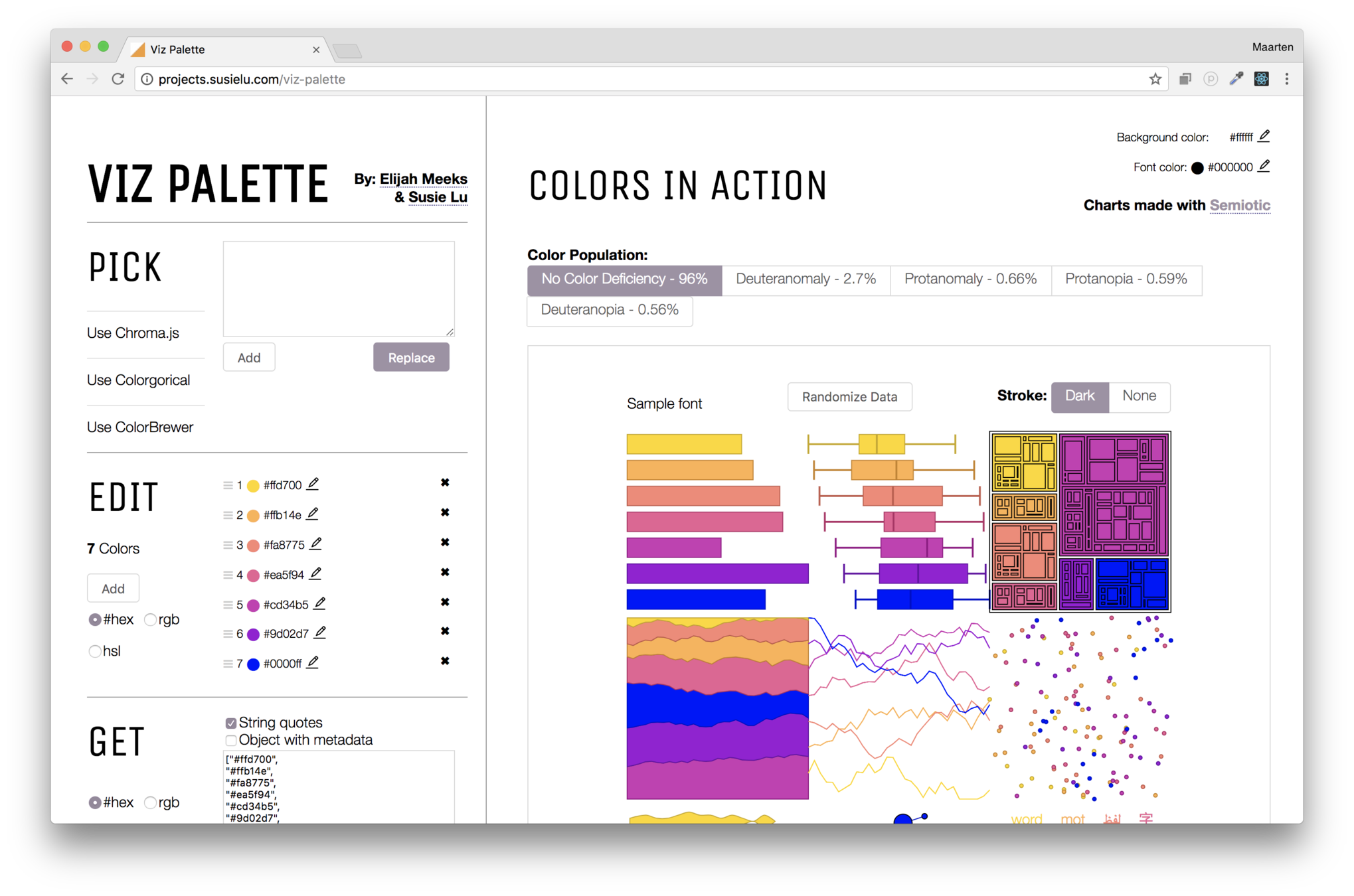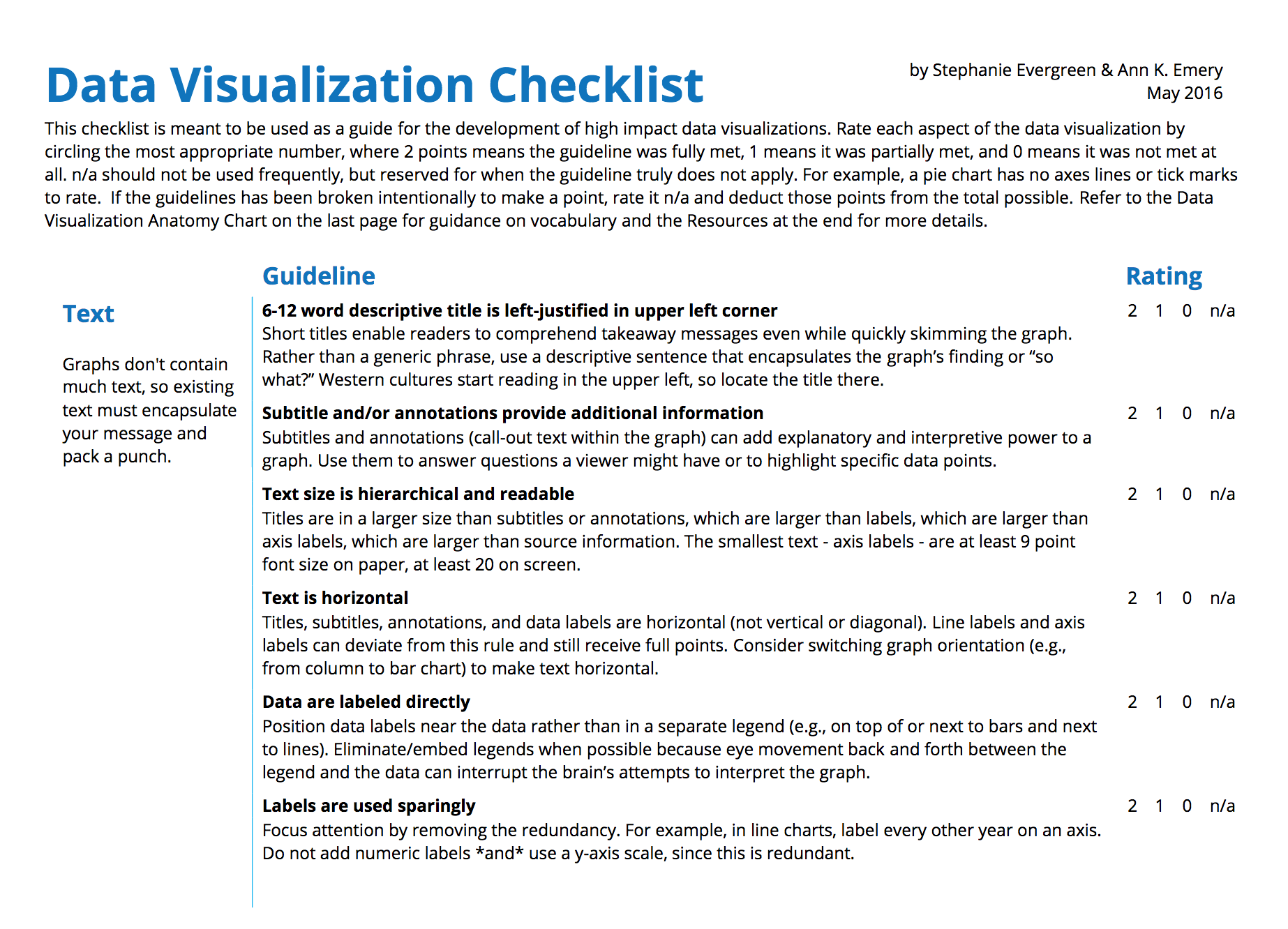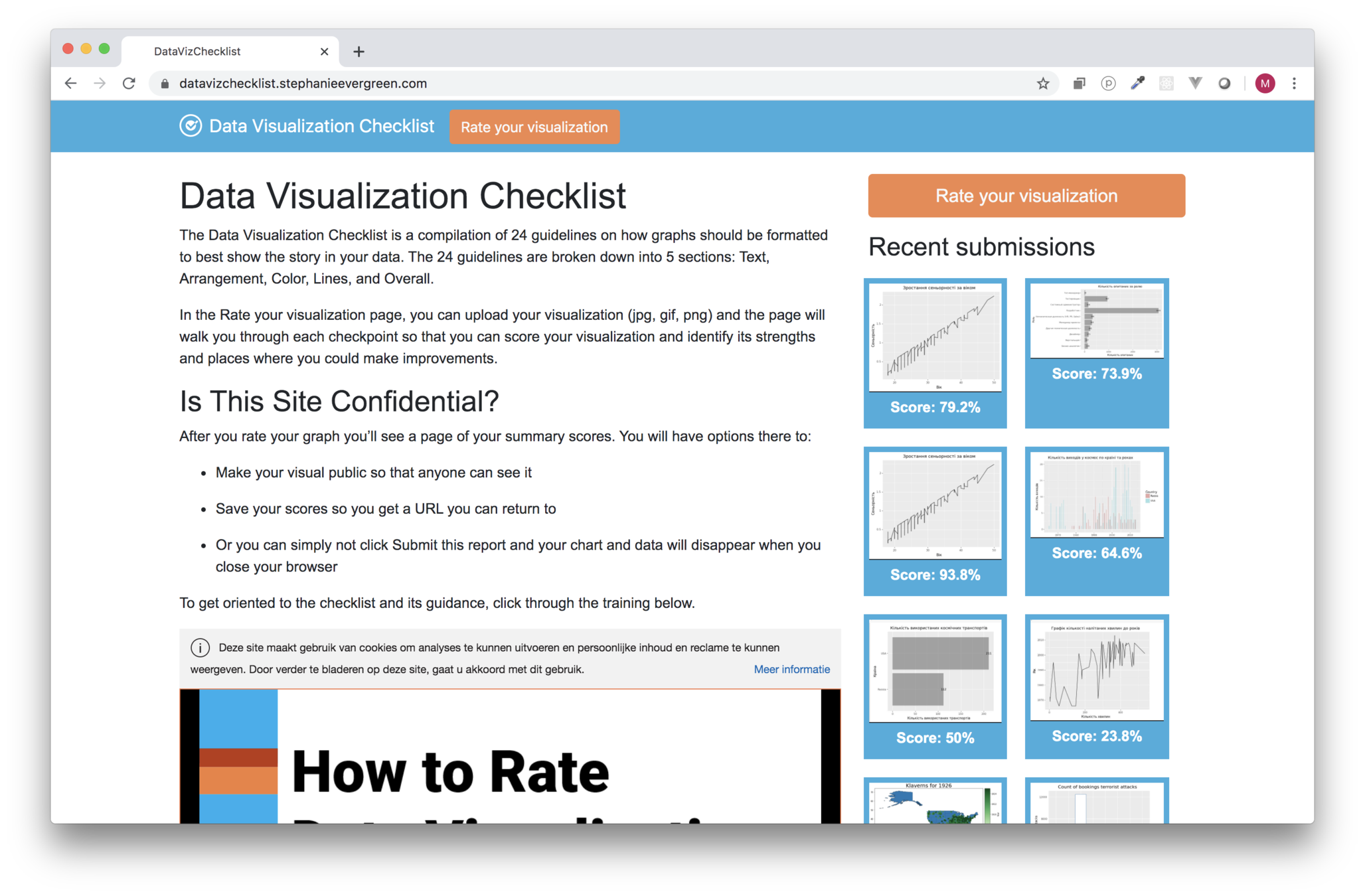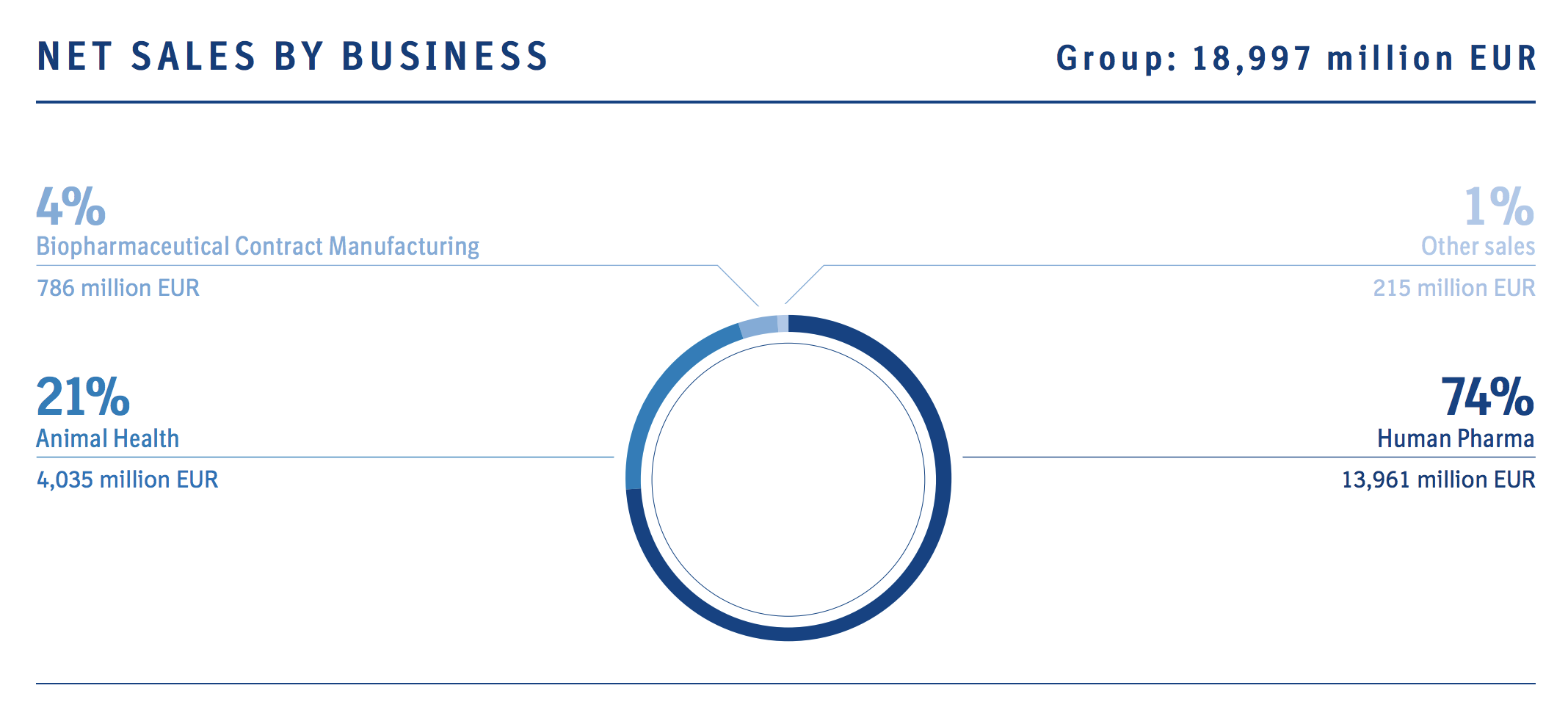Data Visualisation
11 May 2020
@maartenzam
Boehringer Ingelheim
1.Fundamentals
Today
1. Data visualisation fundamentals
2. Online and interactive data visualisation
3. Going beyond bars and lines: non-standard visualisations
4. Dashboard design
Data visualisation fundamentals
Why visualisation?
Exploratory vs explanatory data visualisation
Psychological background
Chart types and chart choosers
Color
Exercise: the Data Visualisation checklist
Maarten Lambrechts?
Why visualisation?
"As knowledge increases amongst mankind, and transactions multiply, it becomes more and more desirable to abbreviate and facilitate the modes of conveying information from one person to another, and from one individual to the many."
William Playfair, 1786
"Everything that can be expressed in numbers can be represented by lines."
John Playfair
| Year | Imports | Exports |
|---|---|---|
| 1700 | 71,1 | 32,8 |
| 1705 | 74,5 | 40,9 |
| 1710 | 82,6 | 59 |
| 1715 | 87,2 | 77,9 |
| 1720 | 96,8 | 75,2 |
| 1725 | 102,6 | 71,3 |
| 1730 | 96,4 | 64,7 |
| 1735 | 93,7 | 60,5 |
| 1740 | 92,9 | 65,1 |
| 1745 | 92,5 | 74,3 |
| 1750 | 90,1 | 77,4 |
| 1755 | 79,9 | 82,8 |
| 1760 | 76,6 | 117,5 |
| 1765 | 79,6 | 151,8 |
| 1770 | 83,8 | 163,8 |
| 1775 | 90,4 | 175,7 |
| 1780 | 92,7 | 185,4 |











Explanatory data visualisation
Exploratory data visualisation
The secret
Preattentative processing
868888609462834719714449648
122286651978794222484779908
939340243123007392183390116
351684124962334339709749742
868888609462834719714449648
122286651978794222484779908
939340243123007392183390116
351684124962334339709749742













Chart types
&
Chart choosers
chartType = f(dataTypes,
dataSize,
message,
audience)



Chart choosers
Tool chooser
Color

Colors have feelings



Go beyond the defaults



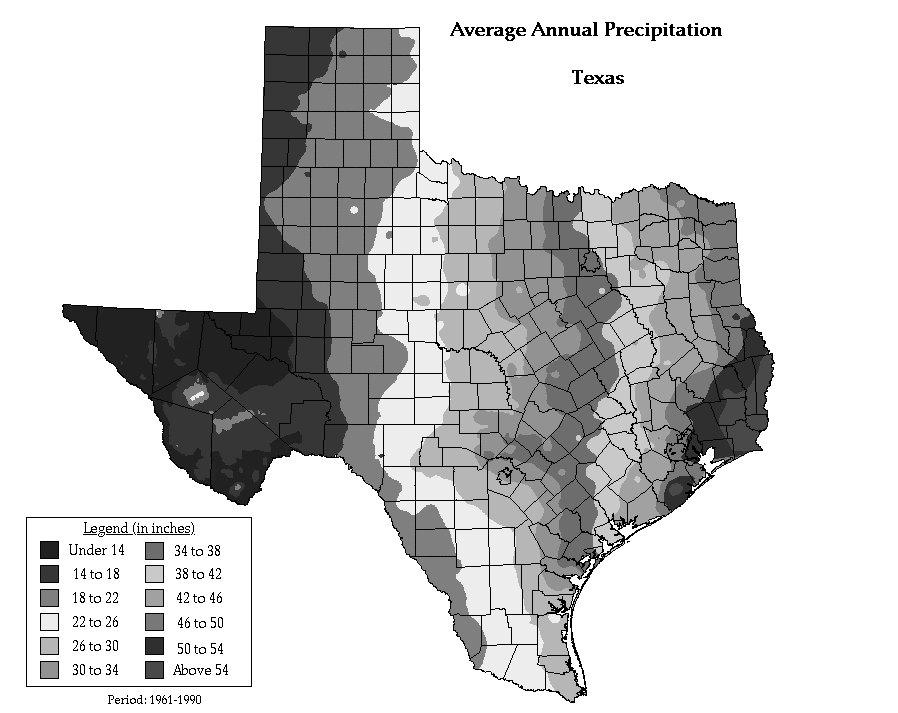
Color palette tools
Introducing:
de Datavisualization Checklist
Tomorrow
1. Data visualisation fundamentals
2. Online and interactive data visualisation
3. Going beyond bars and lines: non-standard visualisations
4. Dashboard design

